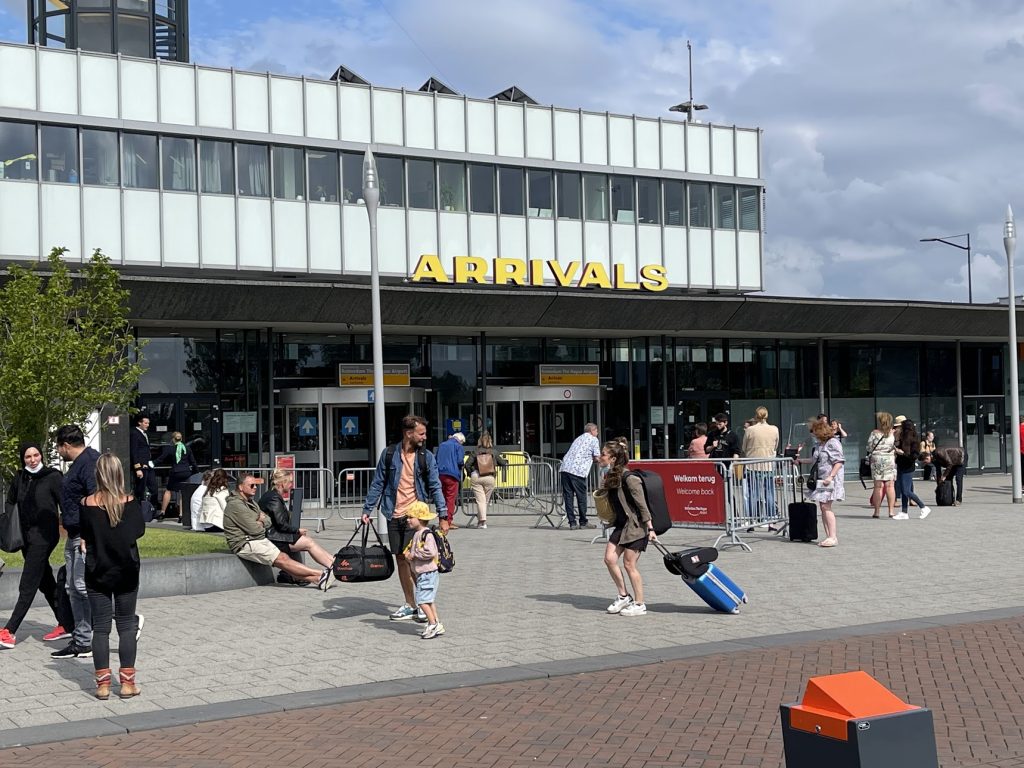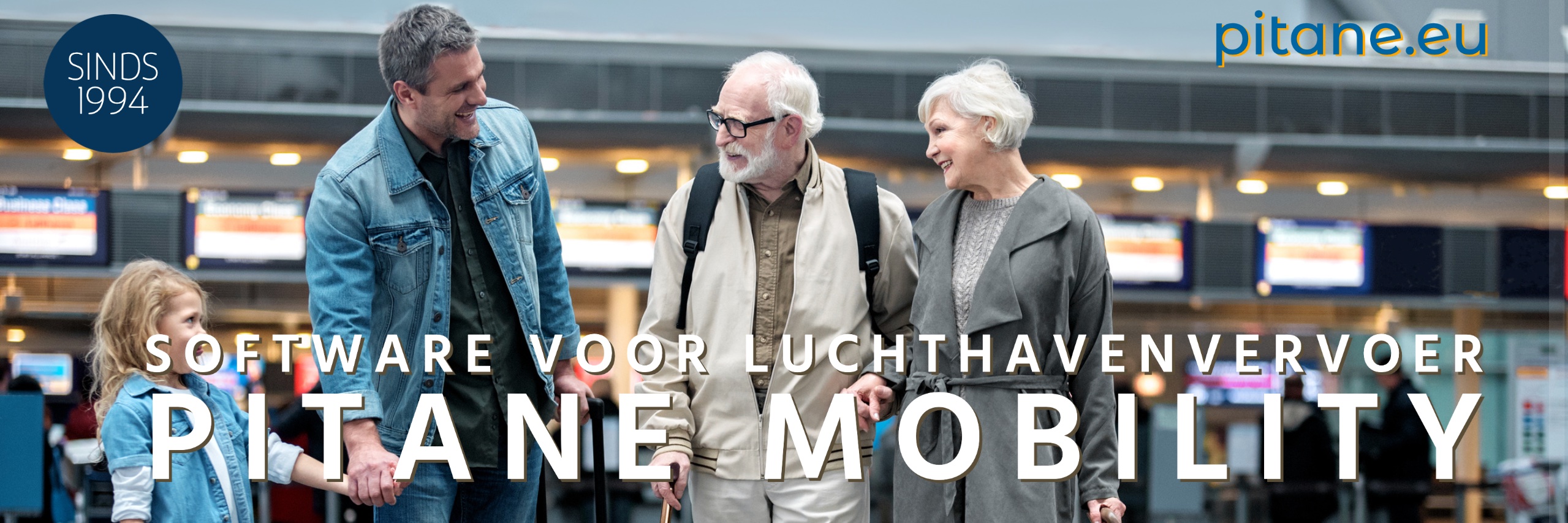When we talk about increasing and stabilizing flight movements and passenger numbers, we cannot ignore the environmental issue.
In recent months, Dutch regional airports have shown flight movements that are worth a closer look. Take Eindhoven Airport for example, which expects a slight decline in September after record crowds in August. The statistics suggest a lot about the current dynamics of the aviation industry, and perhaps also about our wanderlust in this post-corona period.
August was a peak month for Eindhoven, with more than 674.000 passengers arriving or leaving the airport. That is an impressive number, especially when you consider that it is only slightly higher than the numbers of 2019. What is striking is that despite the slight decrease in the number of flight movements for September, the average occupancy rate remained at a quite high 91 percent in August.
Now you could say that the peak and subsequent plateau in September indicate some kind of saturation, or perhaps a natural seasonal fluctuation in air travel demand. That doesn't seem unlikely to me. It could also be that the decline is simply a statistical blip, a temporary setback after the summer peak. In any case, it is clear that Eindhoven Airport is holding its own, both in terms of the number of passengers and flight movements.
Rotterdam The Hague Airport
De situation in Rotterdam is different. After a year in which the airport benefited from the staff shortage at Schiphol and received many extra flights, we are now seeing a setback. It may be easy to label this decline as negative, but I would say it is more of a correction, a return to normal. It is also important to remember that passenger numbers in five of the seven months of 2023 are still higher than in 2019, so there is still growth in the system. The airport processed 248.576 passengers last month within the 5.749 registered flights.
The passenger drop compared to last year is not necessarily a cause for concern. In fact, this can largely be attributed to an anomaly: the chaos that occurred at Schiphol last year due to security staff shortages. As a result, Rotterdam was allocated many extra flights and passengers. Airlines such as Corendon, Norwegian, Air Malta and Royal Air Maroc saw Rotterdam as an attractive alternative. So actually, the recent decline in passenger numbers may be more of a correction, a 'normalization', than a downturn.
Maastricht Aachen Airport
The story of Maastricht is striking, to say the least. A more than tripling of passenger numbers in the first quarter of 2023, compared to the same quarter a year earlier, is nothing short of impressive. Even taking into account the two-month closure for renovations, this remains an admirable achievement.
One of the main factors behind this unprecedented growth is the active partnership with airlines such as Ryanair and Corendon. For example, Ryanair has opened a new scheduled service from Maastricht to Porto, in addition to other destinations such as London, Bari, Barcelona and Alicante. These new routes are not only a vote of confidence in the airport's potential, but also offer residents and businesses in the region new opportunities for travel and trade.
Maastricht Aachen Airport has the potential to become a more important regional hub, especially given its geographical location near the borders of the Netherlands, Germany and Belgium. The airport can therefore play an interesting role in the further development of cross-border economic and tourist activities.

Looking to the future, it is a fact that the aviation industry continues to grow despite the challenges of environmental pressures. People want to travel, whether for work or pleasure, and this need isn't going away anytime soon. But as we can see from the numbers, a shift is happening. Smaller airports are on the rise, meaning new strategies are needed to manage this growth in a sustainable way.
Fortunately, there are signs that the aviation industry understands the need to become greener. Investments are being made in cleaner technologies, such as electric aircraft and sustainable fuels. But while this is encouraging, these solutions are still largely in the development phase. In the meantime, the question remains whether airports such as Eindhoven, Rotterdam and Maastricht can continue their growth without taking too high a toll on the environment.
When we talk about increasing and stabilizing flight movements and passenger numbers, we cannot ignore the environmental issue. Although Eindhoven Airport, for example, remains within the maximum permitted number of flight movements of 41.500 per calendar year, as advised by Pieter van Geel, this still raises questions about environmental sustainability. The resilience and growth of airports, while impressive from an economic perspective, parallels increasing concerns about their environmental footprint. And that is a dialogue we must engage in if we are to find a balance between economic benefits and environmental responsibility.



